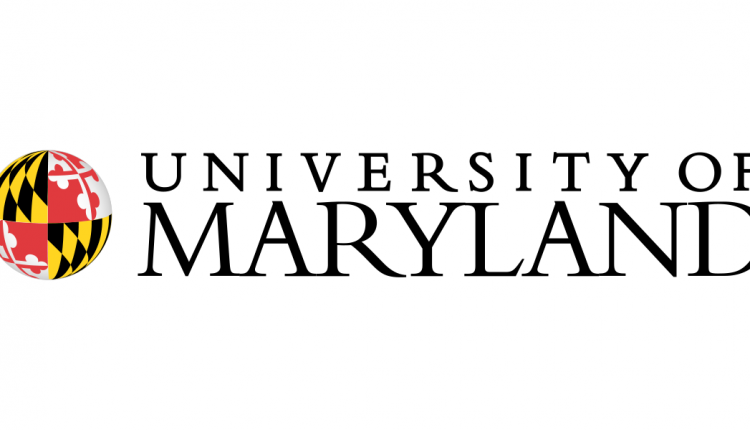University of Maryland: Flourishing Fish on Dry Land
Farmed Atlantic salmon, one of the world’s most popular seafoods, is mostly raised in pens in oceans or other frigid Northern bodies of water, meaning that unless you can look out the window and sometimes see icebergs, your salmon source is likely hundreds or thousands of miles away.
That’s beginning to change as U.S. land-based Atlantic salmon farming takes hold because of increased demand for sustainably produced seafood and an interest in more locally grown food sources. Now, with the help of a $10 million U.S. Department of Agriculture grant to a multi-institutional team, the University of Maryland Extension (UME) is helping to advance the science and potential of these systems right here in Maryland.
Catherine Frederick, an aquaculture agent associate, is working with a wide range of stakeholders, including residents, local and state officials, industry and nonprofits to raise awareness about the challenges and opportunities involved with opening a land-based Atlantic salmon farm.
She’s focusing on a land-based farming practice known as recirculating aquaculture systems (RAS), a self-contained technology that avoids pollution and prevents farmed fish from escaping and interbreeding or impacting local ecosystems. Water composition can also be adjusted as needed, while light and temperature control can help improve fish health, growth and performance, maximizing the availability of a healthy, locally grown food resource.
“The vision is to facilitate the growth of an environmentally sustainable, economically feasible U.S. Atlantic salmon industry,” said Frederick. “It’s an emerging industry and is creating lots of interest, excitement and questions.”
Partnering with Maryland Sea Grant’s Jim LaChance, Frederick will survey and assess community concerns in Maryland and other parts of the country where newly proposed, sited or possible Atlantic salmon aquaculture facilities may be built pending approval of permitting requirements.
“We’re engaging the local community” she said. “They want to know, is it safe? Is it economically viable? Will it help my community?”
The overall $10 million project, led by Yonathan Zohar of the University of Maryland Institute of Marine and Environmental Technology, looks to foster sustainable practices and increase food security through salmon farming in land-based facilities nationwide. The extension’s Maryland-focused efforts are funded by $654,000 over five years.
Additionally, UME educators Jackie Takacs and Amy Lang are incorporating Maryland Sea Grant’s Aquaculture in Action program into 4-H programming, as well as FFA/vocational agriculture classroom experiences. UME seafood safety specialist Cathy Liu will identify gaps in industry seafood safety procedures, quality inspection and nutritional data for land-based salmon farming. Bill Hubbard, state extension program leader for environmental, natural resources and Sea Grant programs, said the work can contribute to healthier diets, lower food costs and local jobs.
“There’s more demand than ever for seafood, and seafood that is sustainably produced, so it’s a promising and significant economic investment for the state,” said Frederick. “And it’s not just increasing investment into land-based aquaculture here in Maryland, it’s an emerging trend for the U.S. with Maryland in a leadership role.”

